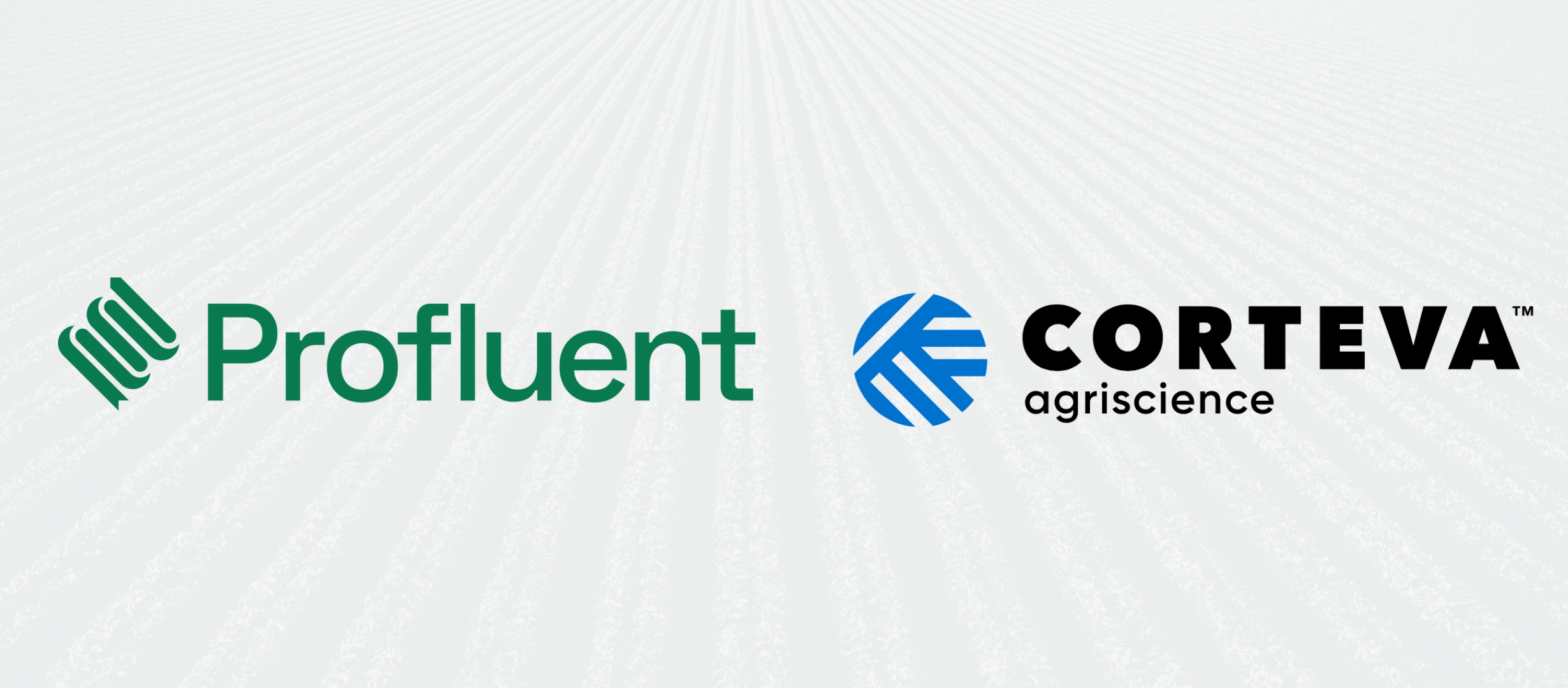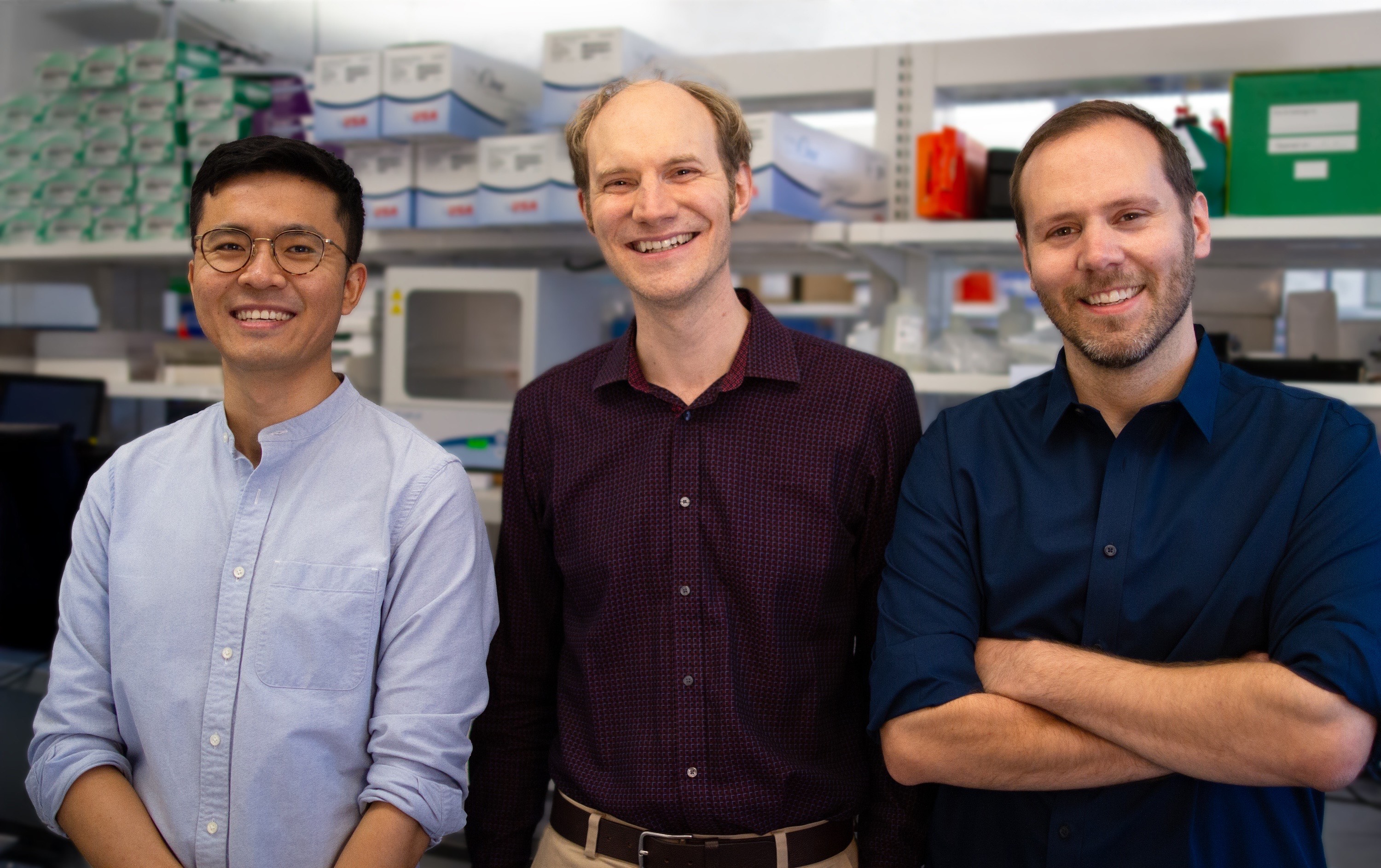Biotech 2020 and the decade of the bioeconomy
Biotech 2020 and the decade of the bioeconomy
I spend my time focused on leveraging biotechnology for the public good, and I’m ecstatic about what we’ll see in the coming years. Biotechnology is advancing at an unprecedented rate, and engineered biology, commonly referred to as synthetic biology (SynBio), is taking the world by storm. The past 12 months have seen a major focus on the bioeconomy, the economy based on biology and biotechnology. It promises to be integral to the next decade of growth and opportunity. It’s hard to imagine that artificial intelligence has only been in resurgence since 2012 – less than ten years. But as AI impacts the digital world, biotechnology impacts the physical world, and over the next decade, we’ll see innovations that rival, or even outpace, AI.
Biotechnology in the bioeconomy
If you’re not well versed in biotechnology, it helps to understand the context we’re in. For thousands of years, we’ve had physical solutions to our problems. I have a heavy rock that needs to get from point A to point B, so I push it, pull it, or roll it. Then, during the industrial revolution, we developed industrial synthetic chemistry. For the last 100 to 150 years, we have combined physical and chemical technologies to accelerate the economy and the quality of life for people around the world.

Biotechnology adds an entirely new dimension of technology development in the bioeconomyNow we’re in a new industrial revolution, bringing the bioeconomy to the forefront of technology and economic growth where we’re combining biotechnology with chemical and physical technologies to revolutionize the world.
We’re combining biotechnology with chemical and physical technologies to revolutionize the world.
Biotechnology opportunity extends beyond healthcare and agriculture
The bioeconomy is not a new concept. The U.S. has a robust bioeconomy in healthcare and agriculture and is a global leader in emerging biotechnologies. It’s these emerging applications in engineered biology, however, that will drive the next wave of growth in the bioeconomy over the next decade. Just in 2019, we’ve seen scientists and engineers create new therapies to incurable infections and ways to make plants grow in soil that should be too salty. In recent years, the private sector and the government have partnered to advance regenerative manufacturing and biopharmaceutical development.

MIT scientists have figured out how to make plants grow in soil that should be too salty – Fast CompanyInnovations like these in the bioeconomy will increasingly be driven by our ability to leverage synthetic biology and other forms of engineered biology to change the paradigm of how we think about the life sciences.
National interest in the bioeconomy
While biotechnology and bioeconomy have enjoyed major growth over the past decade, in the last 12 months, the bioeconomy has become a central topic in academia, industry, and government. Recognizing the strategic advantage that leadership in biotechnology represents, 2019 saw the launch of the U.S. Promote and Protect the Bioeconomy initiative as well as the Department of Defense establishing biotechnology as an enterprise modernization priority (BIO).

Biotech experts gather at the White House for ‘Summit on America’s Bioeconomy’ – GeekWireJust in the past month, we’ve seen the Engineering Biology Research and Development Act of 2019 passed in the House and moved into the Senate for consideration.The DoD released a notice of intent to stand up a synthetic biology manufacturing innovation institute, commonly referred to as SynBio MII. The SynBio MII, like the two partner institutes already running, ARMI and NIIMBL, will accelerate the U.S. biomanufacturing industry in support of the bioeconomy.It’s the combination of a strong private sector, and federal government funding for research and development in this sector, that will drive the next decade of bioeconomy growth.
Ethical, legal, and societal implications (ELSI) of biotechnology
As exciting as new technology is, these advances rarely come without ethical and societal implications to misuse. In the last year, we’ve seen the overstep of biotechnology use with the Chinese and Russian application of human genome editing despite an international call for a moratorium on human genome editing. In addition, in the past year, the New York Times has reported extensively on China’s misuse of genetic information and artificial intelligence to target minority populations. And at the end of the decade, the Department of Defense in December 2019 warned its service members against using at-home DNA kits.
Two lessons about biotechnology innovation
As we stand on the edge of the next decade, two things have become clear. First, just as graphical processing units revolutionized our ability to do AI at-scale, the next decade will see unprecedented advances in biomanufacturing and our ability to produce new products at-scale in a global market. We will advance in our ability to manufacture and process large quantities of new products in faster and faster development cycles.The second is that we need the U.S. to go all-in on biotechnology. There is no doubt our competitors see biotechnology as the future of global leadership. China’s “Made in China 2025” has put biotechnology at the heart of the initiative. If we are to have a globally leading bioeconomy, then we need everyone on board.
Biotech 2020 and the Decade of the Bioeconomy
We need policymakers to pass legislation to bolster the bioeconomy and incentivize the growth of companies in the industry. This means we need new policies in economics, education, and workforce development. We need industry leaders to recognize this is no longer a technology “just for watching”, and the future of your company depends on your ability to adapt and capitalize on the future bioeconomy. We need scientists and engineers to bring hard technical skills to the field and finish the job of making biology a true engineering discipline. We need influencers, celebrities, and those in the spotlight to voice your support in revolutionizing the world. But most importantly, we need the consumer, that’s you and me, to vote with our dollars and show that biotechnology is not just an interesting advance in technology, but mandatory to our future and our vitality. The views expressed here are of Alexander’s own and do not represent the official views of the Department of Defense or the U.S. government.Originally published on https://alexandertitus.com/2019/12/30/biotechnology-2020-and-the-decade-of-the-bioeconomy/



.svg)










.jpg)

.gif)